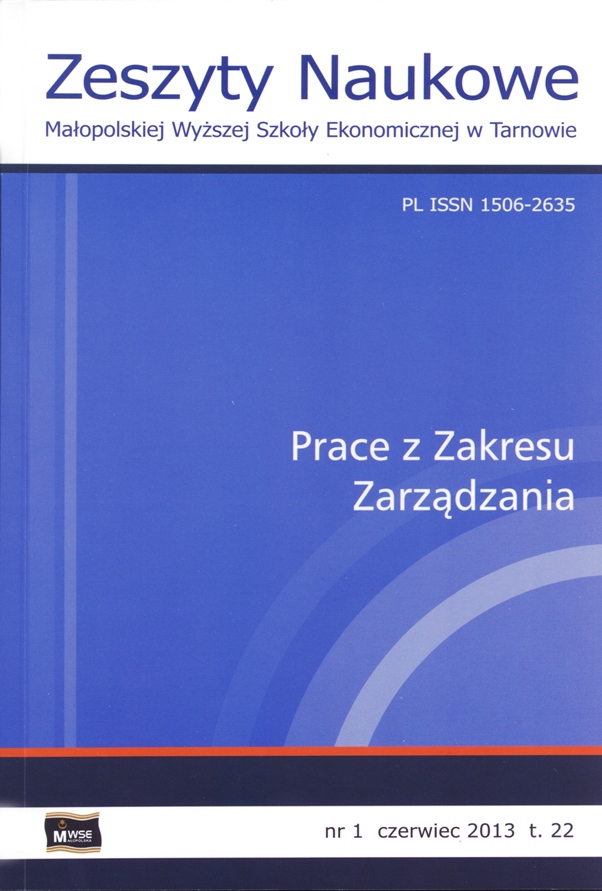Abstract
The environment of forest areas is characterized by its unique and one-of-a-kind tourism qualities, which enable the development of forest tourism. This article presents the concept of forest tourism with the definition of its essence and functions, specifying the components of the forest tourism product and the areas (destinations) of forest tourism as well as tools for their promotion. The issue of forest natural values is also relatively extensively presented. Attention is drawn to intangible values of forests; characteristic marvels of forest environments, which attract in particular the population of cites and industrial areas. The necessity of partial limitation of access to forests is indicated with a description of particular categories of forests, which are established most of all according to nature protection and preservation of their natural biodiverse habitats for future generations. From the scientific point of view, the dynamic growth of tourism and recreation results in the necessity of protecting the areas of outstanding natural and sightseeing qualities. In order to prevent excessive and damaging trampling of forests, tourist traffic should be controlled by the State Forests National Forest Holding, by adequate rates of tourism absorptive and carrying capacity, as well as common access to trails and paths, overlooks, campsites, car parks etc.
References
Bell S., Tyrväinen L., Sievänen T., Pröbstl U., Simpson M., Outdoor Recreation and Nature Tourism: A European Perspective [online, dostęp: 15.03.2013], “Living Reviews in Landscape Research” 2007, no. 1. Dostępny w Internecie: http://www.livingreviews.org/irir-2007-2.
View in Google Scholar
Cieszewska A., Zasady organizacji turystyki i wypoczynku na obszarach leśnych w krajach Unii Europejskiej, „Studia i Materiały Centrum Edukacji Przyrodniczo-Leśnej” 2008, z. 3(19).
View in Google Scholar
Dębiec T., Turyści ścisłego zarachowania, „Las Polski” 2011, nr 3, s. 11–17.
View in Google Scholar
Middleton V.T.C., Tourism Product. W: Witt S.F., Moutinho L. (red.), Tourism Marketing and Management Handbook, Prentice Hall, London 1989.
View in Google Scholar
Muszyński Z., Kozioł L., Innowacyjność w zrównoważonym rozwoju sylwaturystyki, „Zeszyty Naukowe Małopolskiej Wyższej Szkoły Ekonomicznej w Tarnowie: Prace z Zakresu Zarządzania” 2012, nr 2(21).
View in Google Scholar
Muszyński Z., Muszyński J., Zbiór owoców i grzybów a ochrona środowiska leśnego. W: Pieńkos K. (red.), Problemy zrównoważonego rozwoju turystyki, rekreacji i sportu w lasach, AWF, Warszawa 2004. ISBN 83-89630-70-2.
View in Google Scholar
Raport o stanie lasów 2010, Centrum Informacyjne Lasów Państwowych, Warszawa 2011.
View in Google Scholar
Słownik encyklopedyczny leśnictwa, drzewnictwa, ochrony środowiska, łowiectwa oraz dziedzin pokrewnych, praca pod kierunkiem E. Więcko, SGGW, Warszawa 1996. ISBN 83-00-02825-0.
View in Google Scholar
Zaręba D., Ekoturystyka, Wydawnictwo Naukowe PWN, Warszawa 2006. ISBN 978-83-01-14840-9.
View in Google Scholar
© Copyright by Małopolska School of Economics in Tarnów. The articles are available under the Creative Commons Attribution NonCommercial-NoDerivatives 4.0 International License


